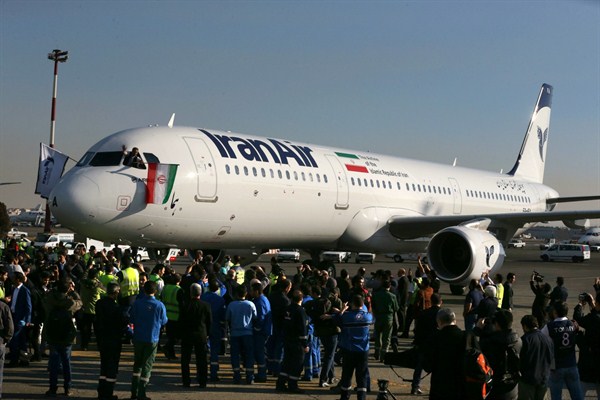Last month, at a ceremony in Toulouse, France, the French firm ATR officially gave four passenger planes to Iran, and the planes were flown to Tehran the following day. The ATR 72-600s are the first of a 20-plane deal made with the firm following the 2015 nuclear deal and lifting of sanctions, according to the Associated Press, and their purchase is part of a larger effort by Iran to update its commercial fleet. In an email interview, Bijan Khajehpour, managing partner of the Vienna-based consulting firm Atieh International, describes the current needs of Iran’s aviation sector as well as the obstacles that remain to meeting them.
WPR: What is the current state of Iran’s commercial aviation sector, and how has it been affected by sanctions over the years?
Bijan Khajehpour: Iranian airlines still have a very old fleet. The inability to purchase or lease new aircraft during the past two decades as a result of intense U.S. sanctions has forced the country to keep using aging planes that carry a higher risk of accidents.

